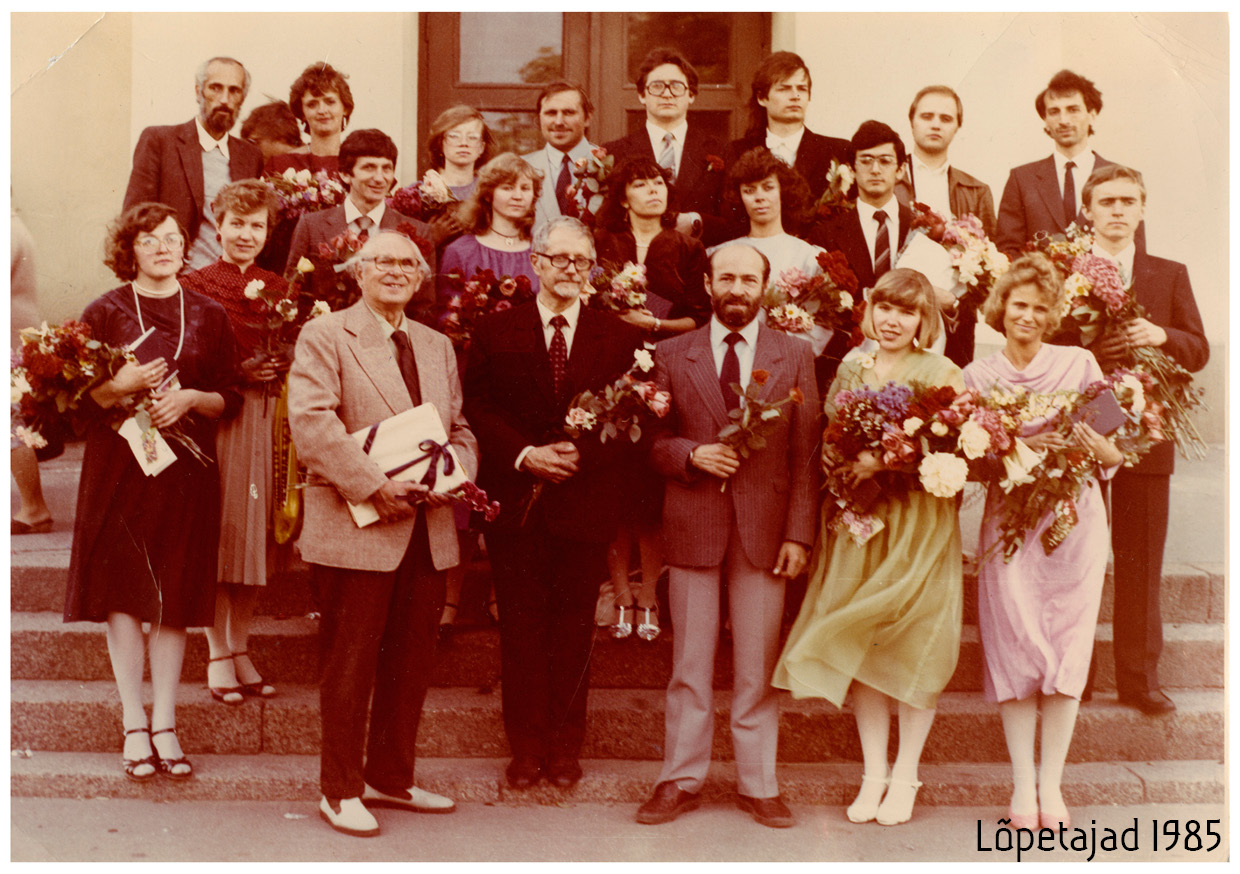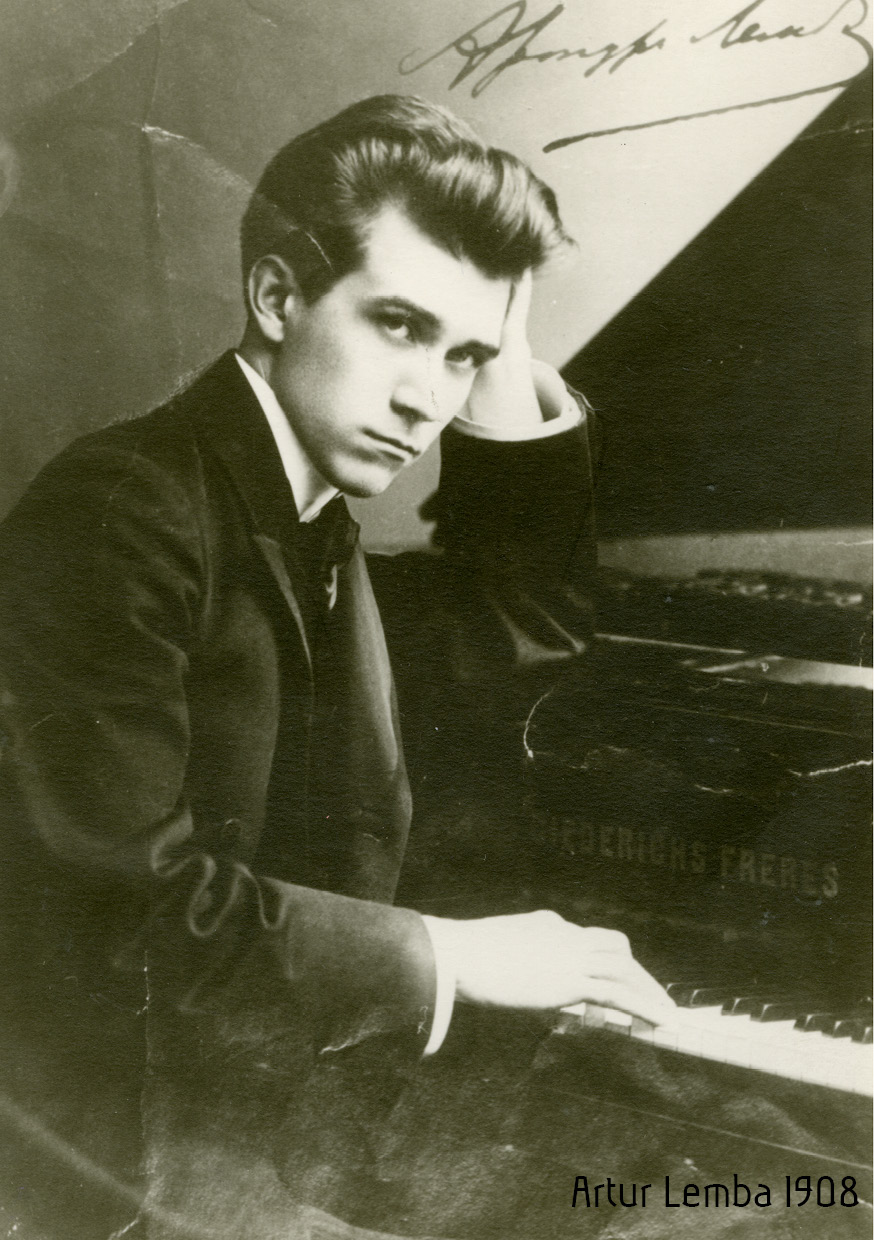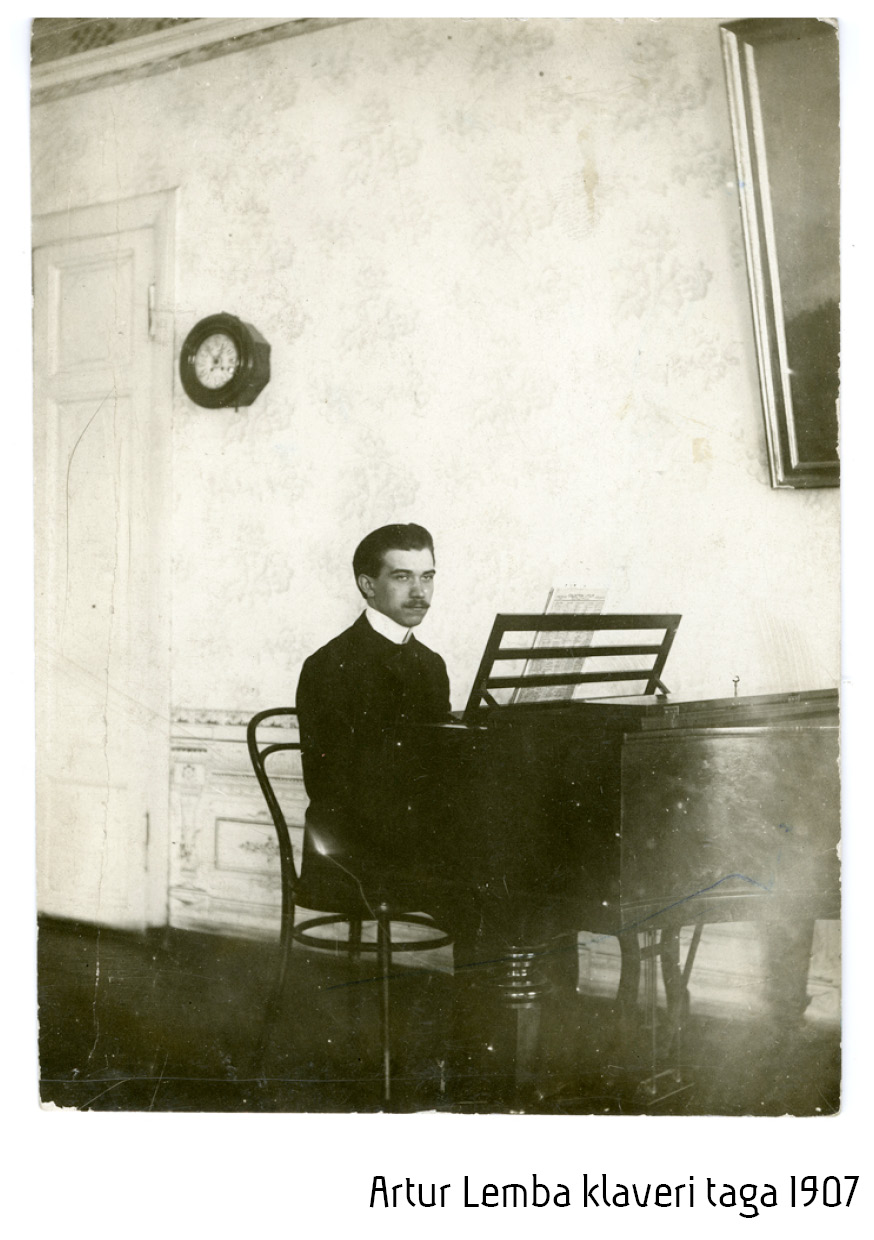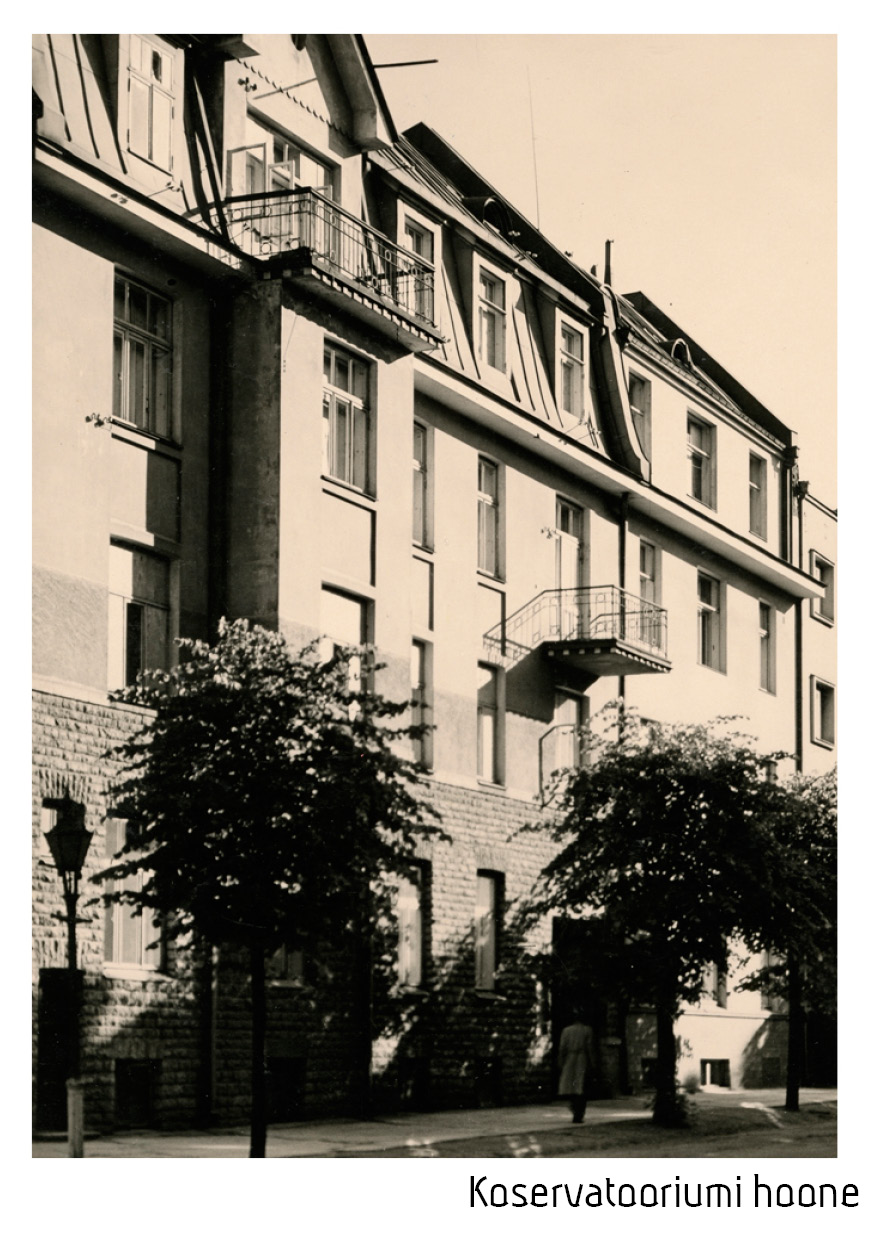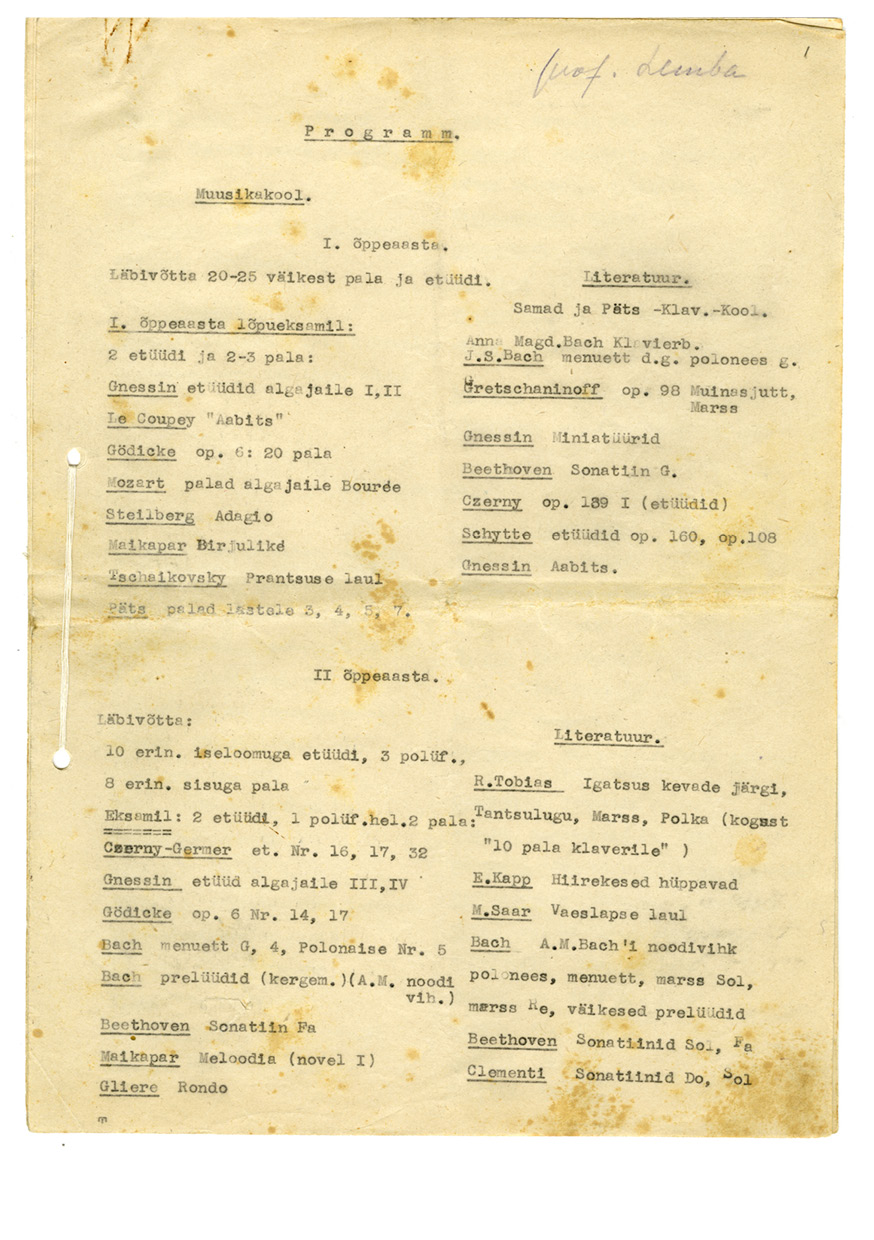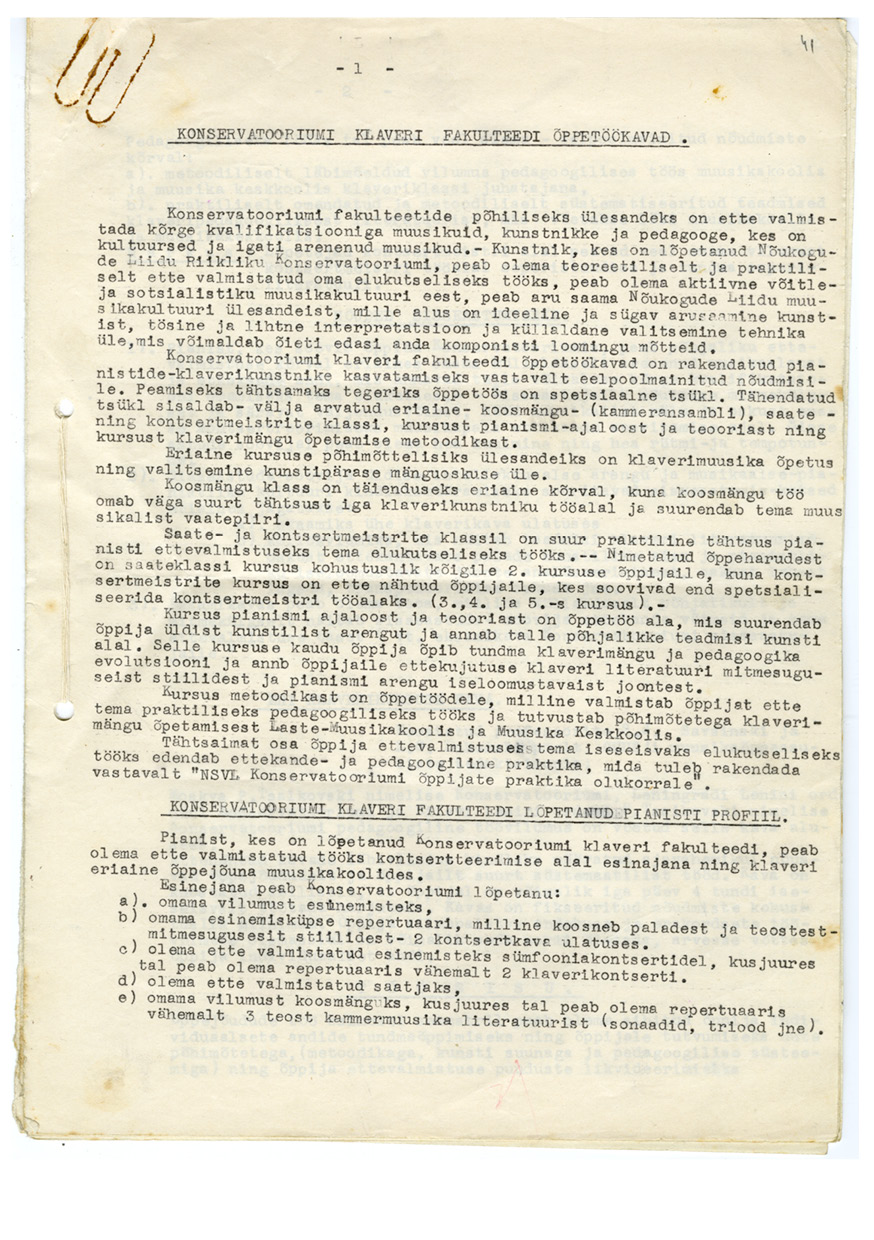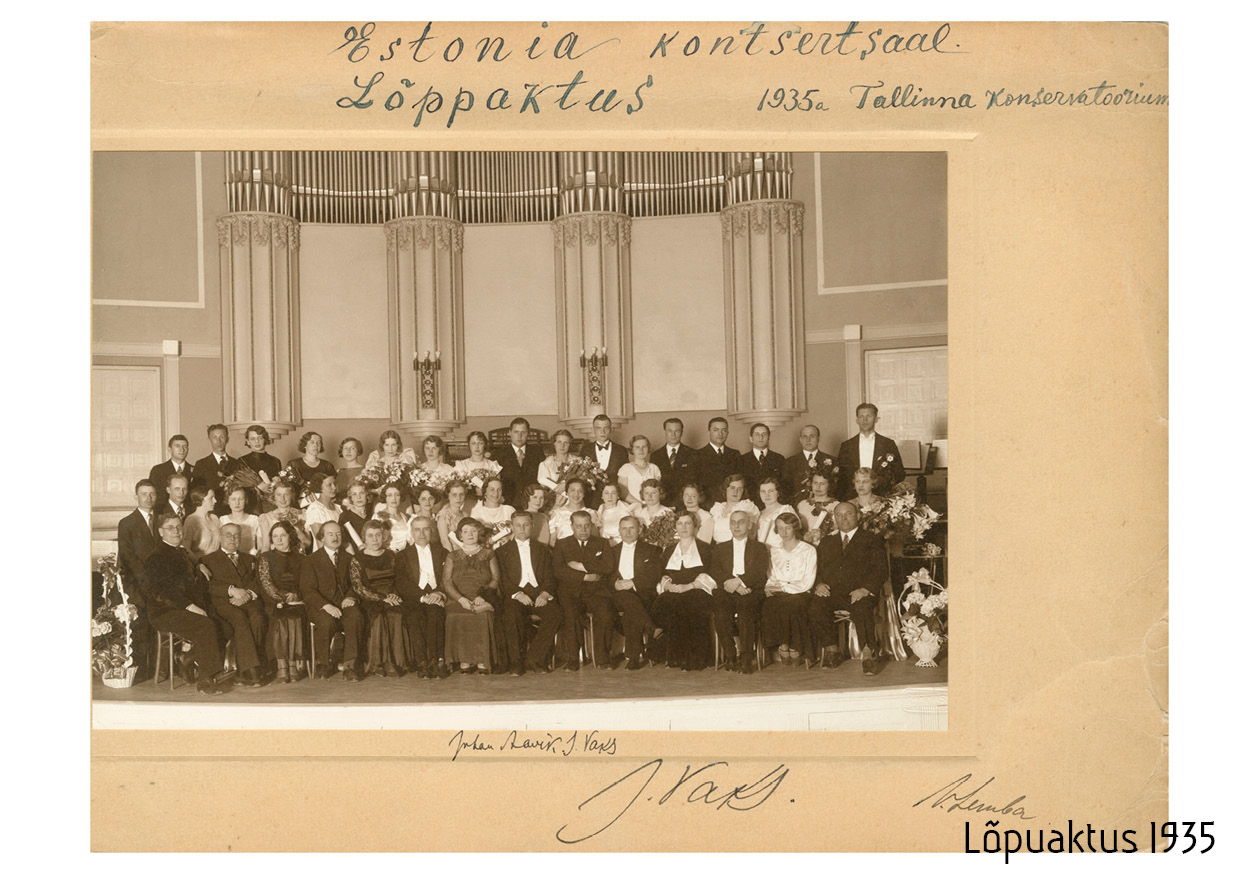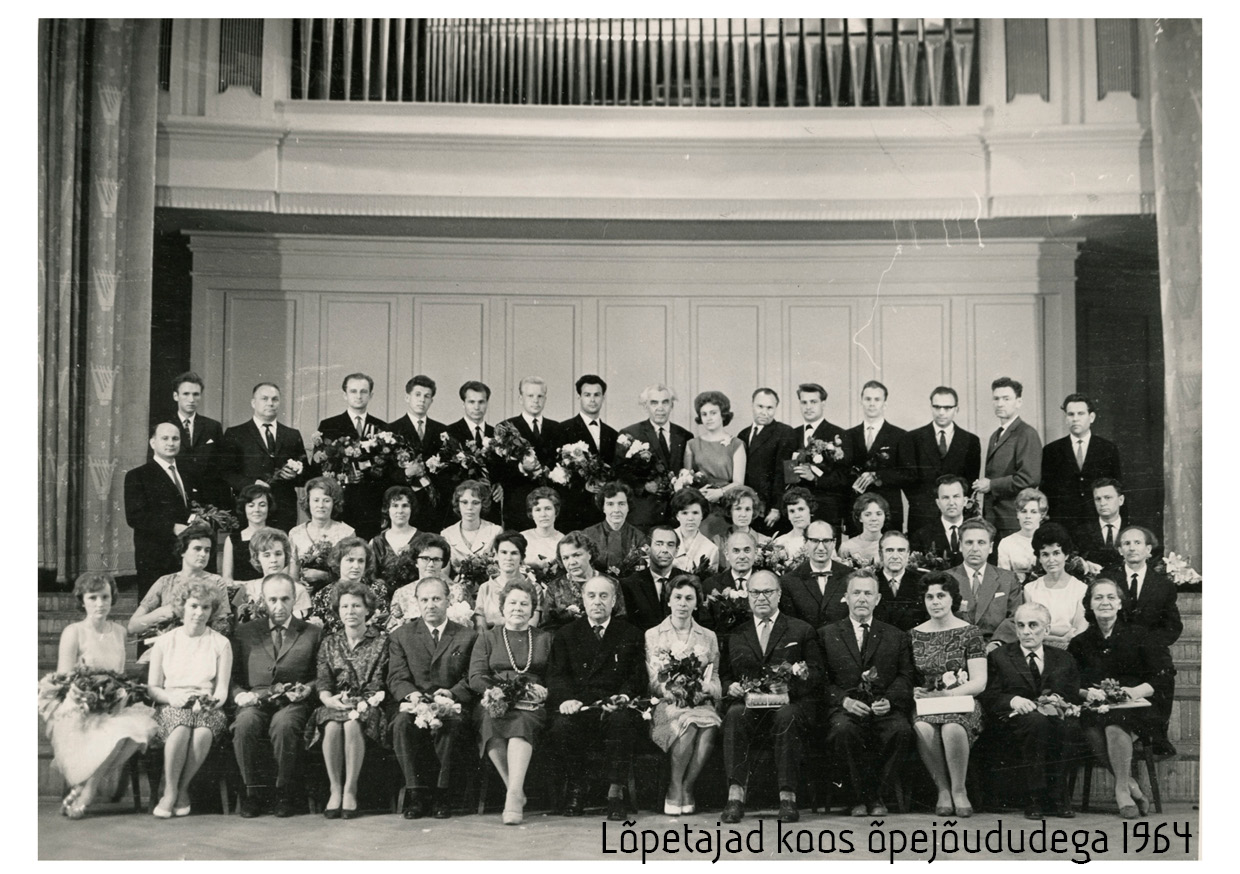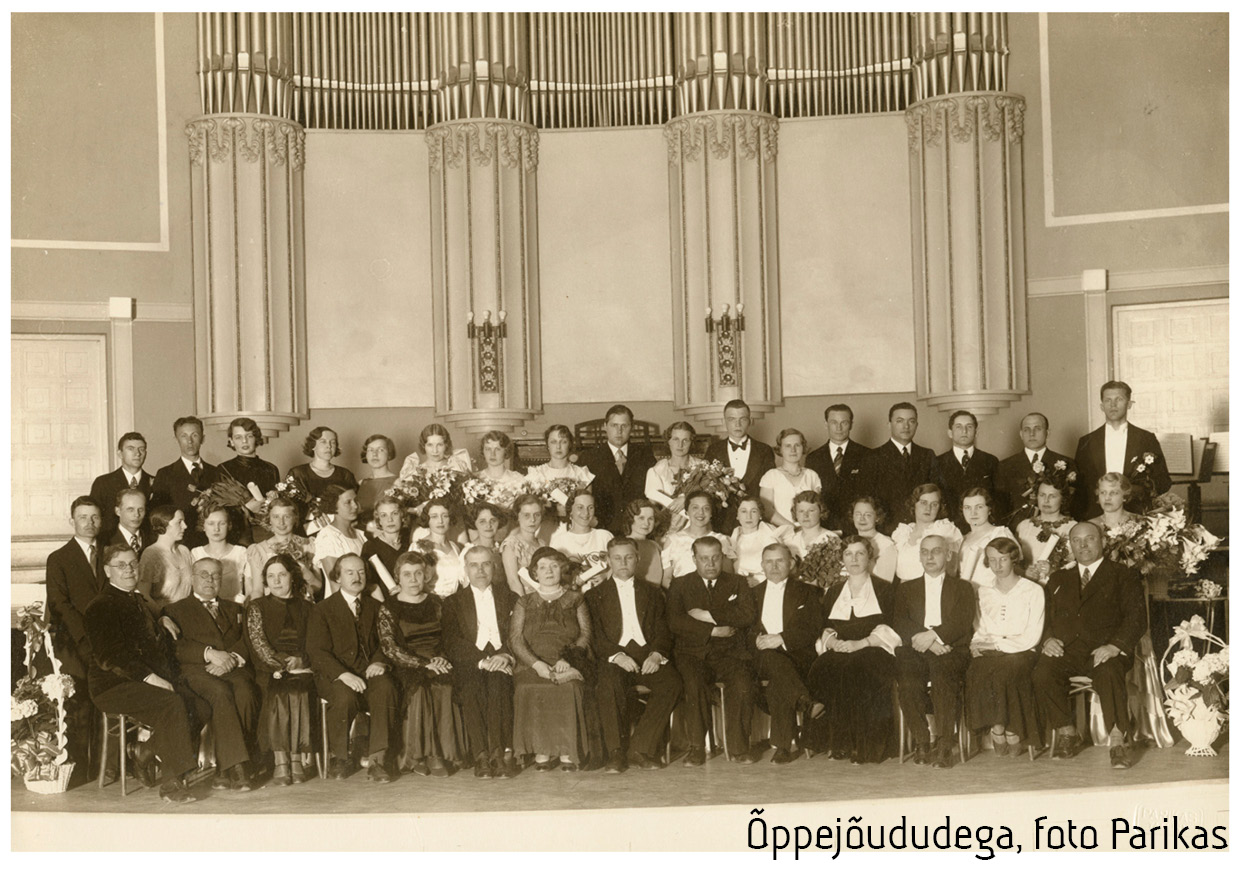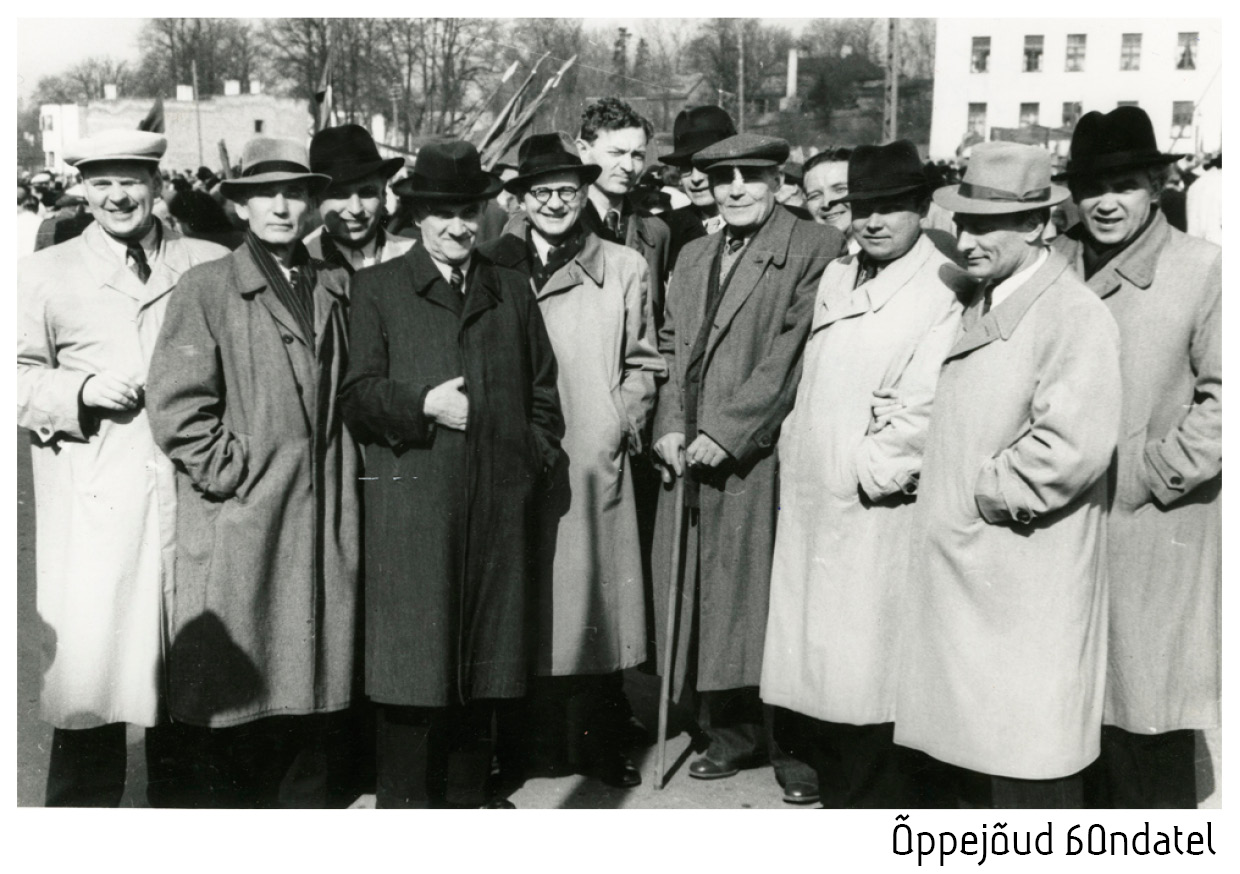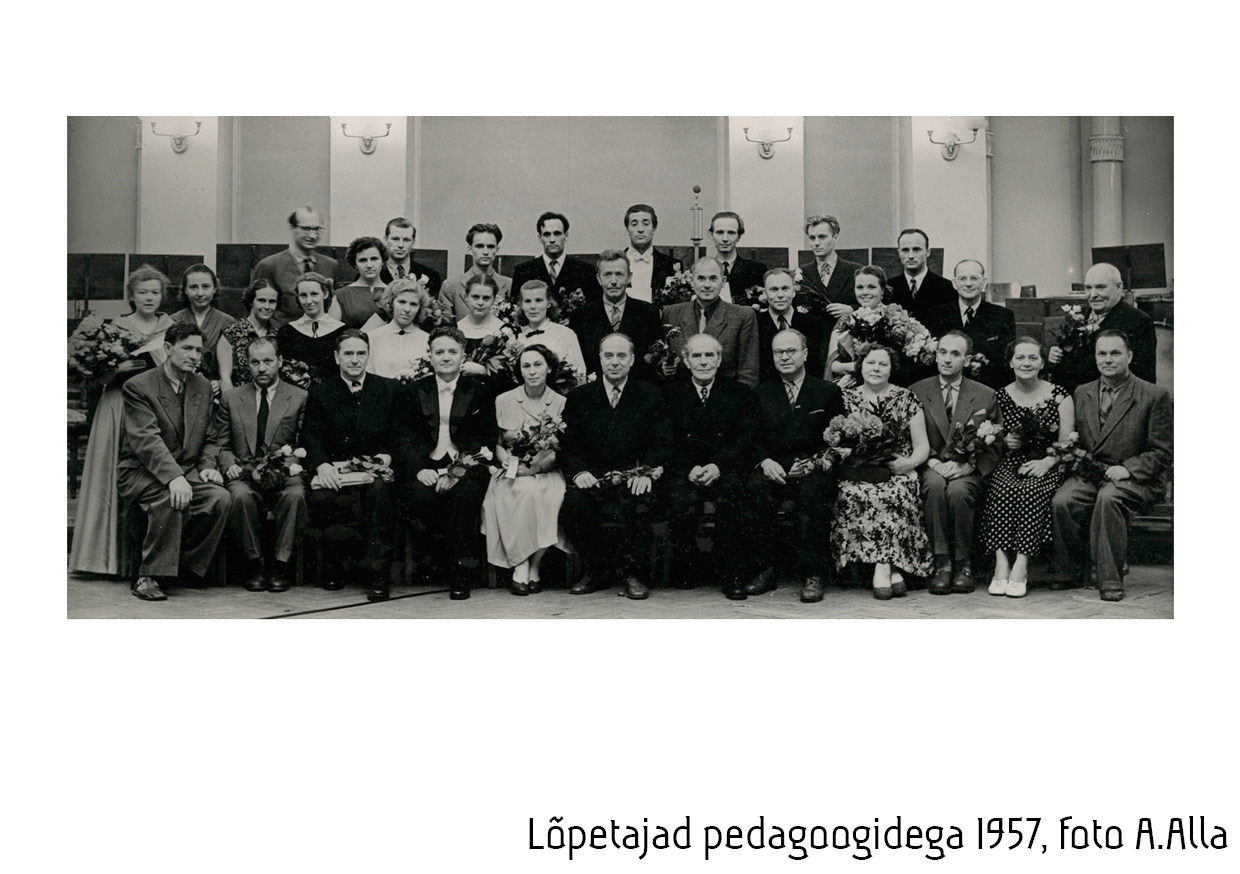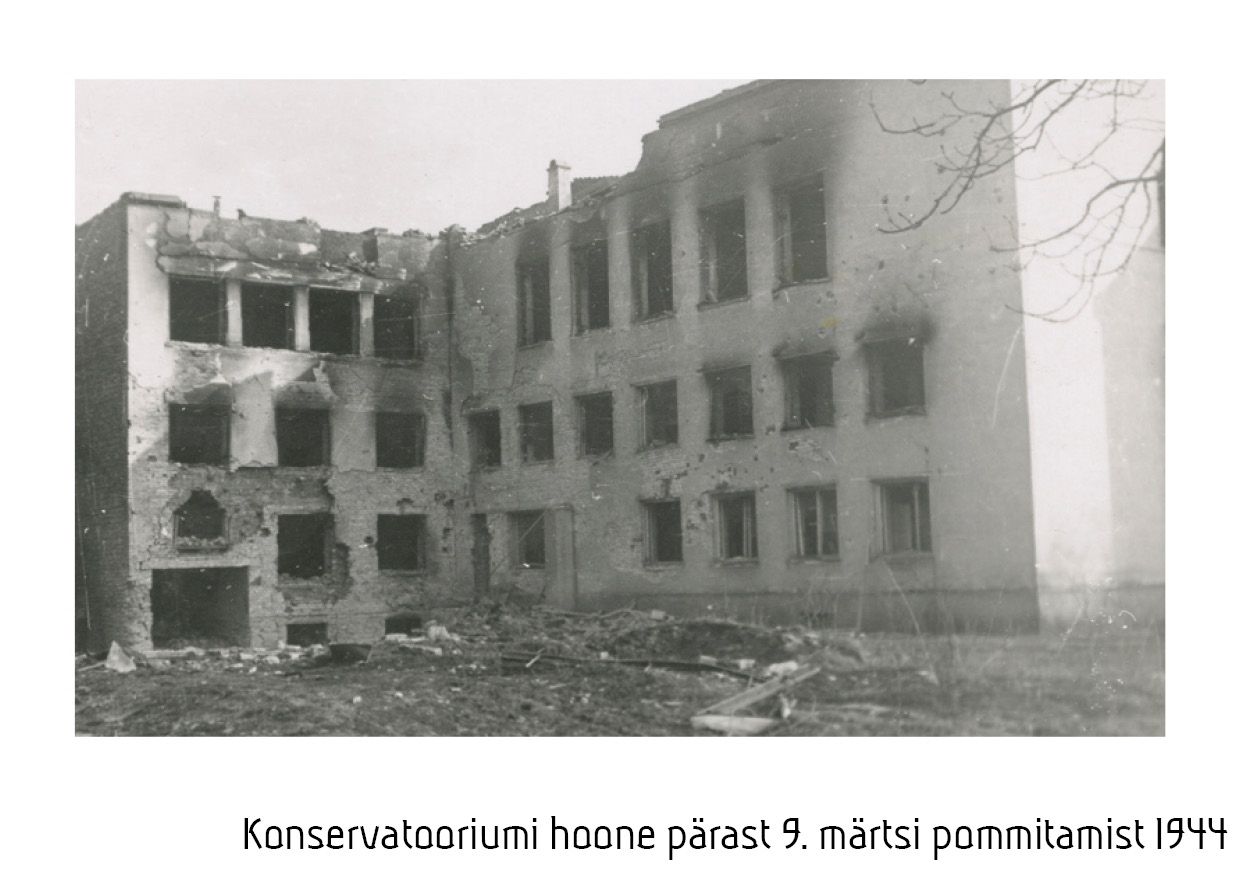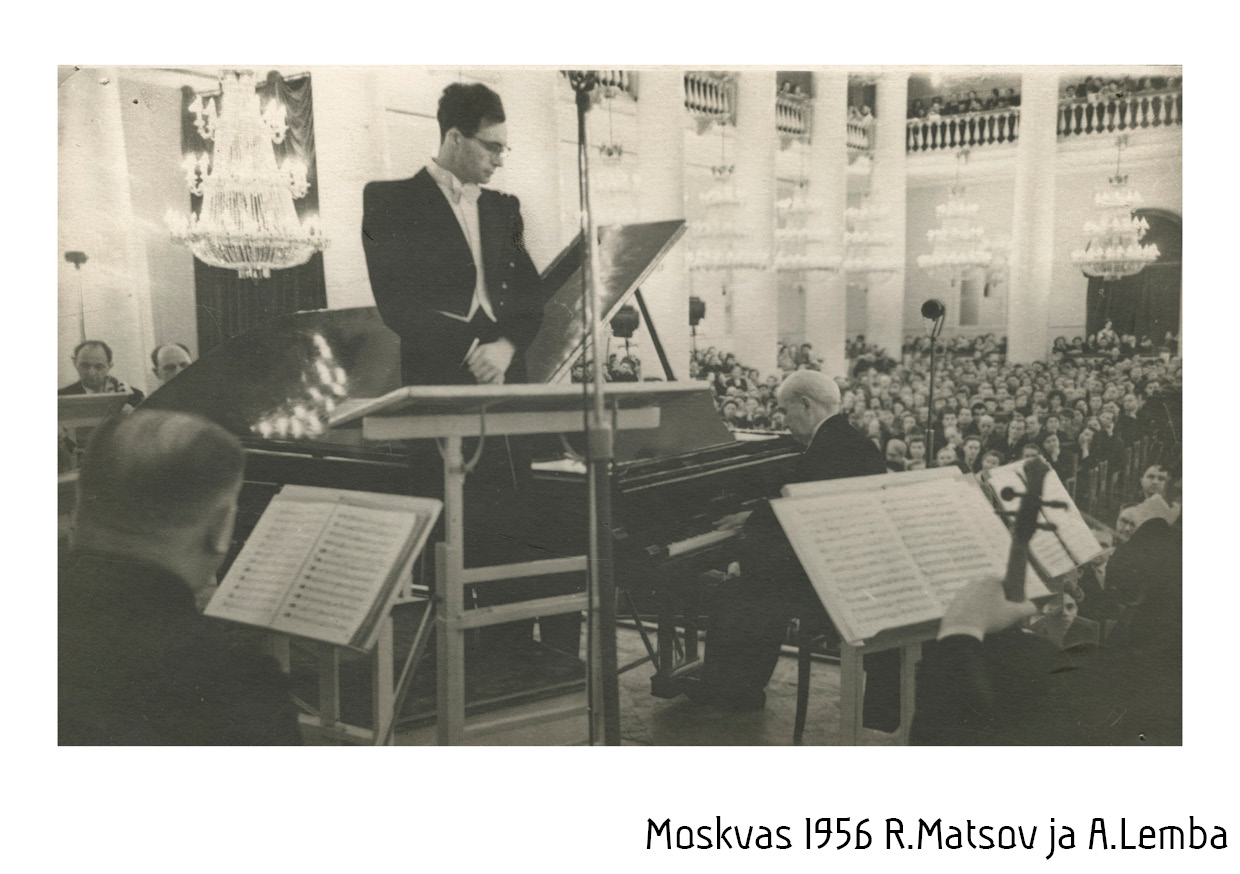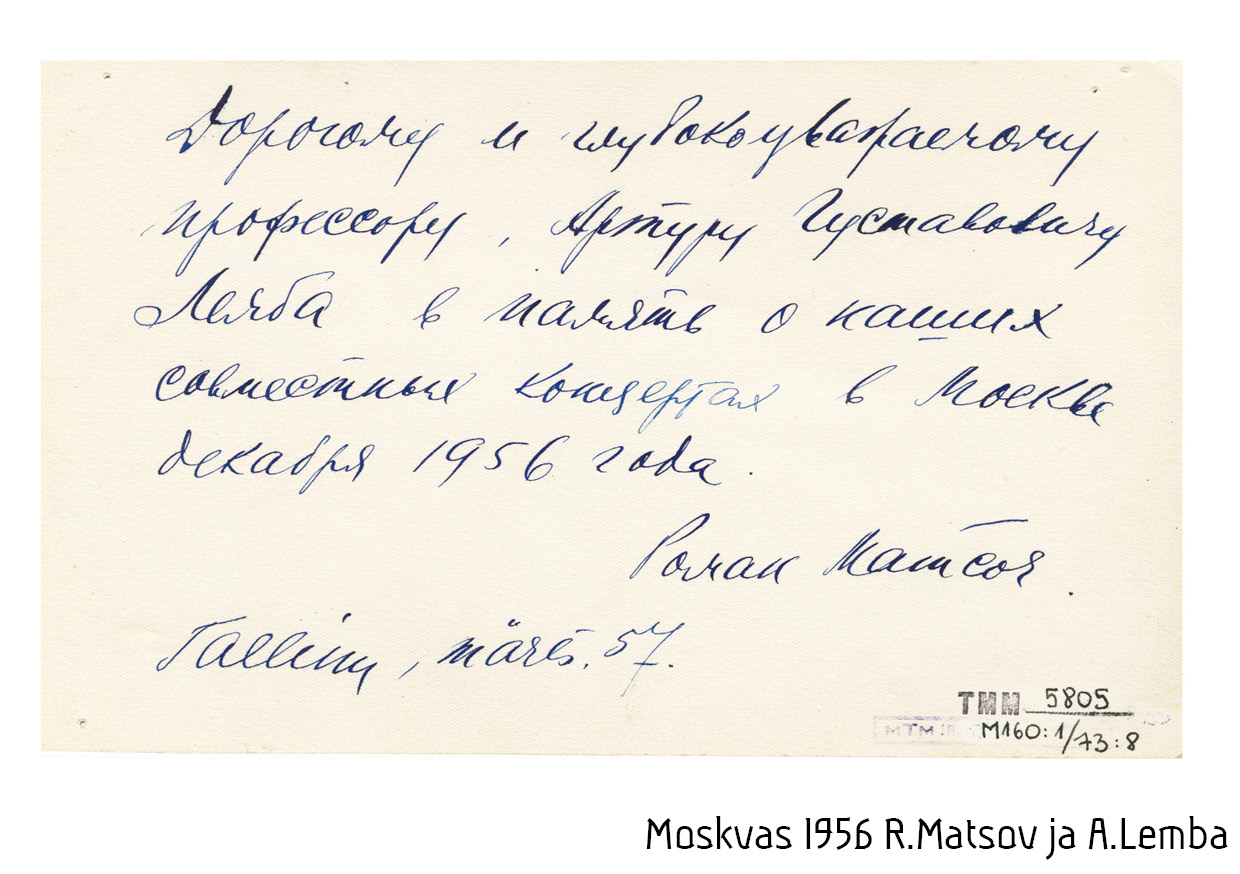Artur Lemba (1885-1963) oli hinnatud pianist, pedagoog ja helilooja. 1908. aastal lõpetas ta väga edukalt Peterburi konservatooriumi, pälvides väikese kuldmedali klaveri- ja suure hõbemedali kompositsioonierialal ning lisaks autasustati teda A. Rubinsteini preemiaga, milleks oli kontsertklaver "Schröder". Konservatooriumi lõpuaktusel esitas Lemba oma esimest klaverikontserti. Aastatel 1920–1921 töötas ta klaveriõppejõuna Tallinna Kõrgemas Muusikakoolis, 1921–1922 Helsingi Muusikakoolis ning 1922–1963 Tallinna Konservatooriumis (1934–1935 ja 1941–1944 klaverikateedri juhataja). Tema õpilaste hulka kuuluvad Elsa Avesson, Olav Roots, Villem Reimann, Veera Lensin, Kirill Raudsepp jt. Lemba sulest on pärit kaks eesti esimest teost omas žanris: ooper "Sabina" (1905) ja Sümfoonia nr. 1 cis-moll (1908).
Heliloojana oli Artur Lemba pigem konservatiivne ega läinud kaasa uuendustega. Talle oli südamelähedane romantiline muusika, eriti Tšaikovski ja Glazunovi teosed. Lemba loomingut iseloomustab klassikalis-romantiline stiil ning lüürilise kallakuga helikeel. Tema kõige tuntumaks teoseks on Klaverikontsert nr. 1 G-duur (1905/1910), mis on saavutanud populaarsuse tänu voolavale muusikale ja meeldejäävatele laululistele teemadele. Ka Lemba kammermuusikateos "Poéme d’amour" ("Armastuse poeem", 1916) viiulile ja klaverile on leidnud kindla koha viiuldajate repertuaaris.
Artur Lemba sai muusikalise alghariduse oma vanemalt vennalt Theodor Lembalt. 1899. aastal astus Lemba oma venna eeskujul Peterburi konservatooriumi, kus ta õppis professor Carl van Arcki, hiljem professor V. Tolstovi ja I. Borovka klaveriklassis, kompositsiooni Nikolai Solovjovi juures ning muusikateoreetilisi aineid Aleksander Ljadovi, Aleksander Glazunovi ja Nikolai Rimski-Korsakovi käe all.
Allikas: Eesti Muusika Infokeskus 2010, www.emic.ee
Artur Lemba autoriõigused kuuluvad Eesti Vabariigile ning neid teostab Eesti Teatri- ja Muusikamuuseum. Lemba muusika esitamise soodustamiseks teeb muuseum kogudes olevatest helilooja käsikirjadest digitaalseid koopiaid soodushinnaga.
